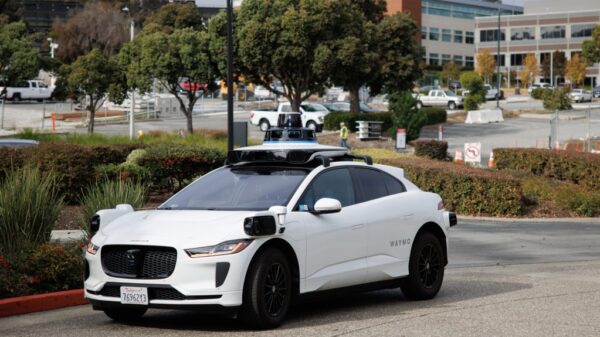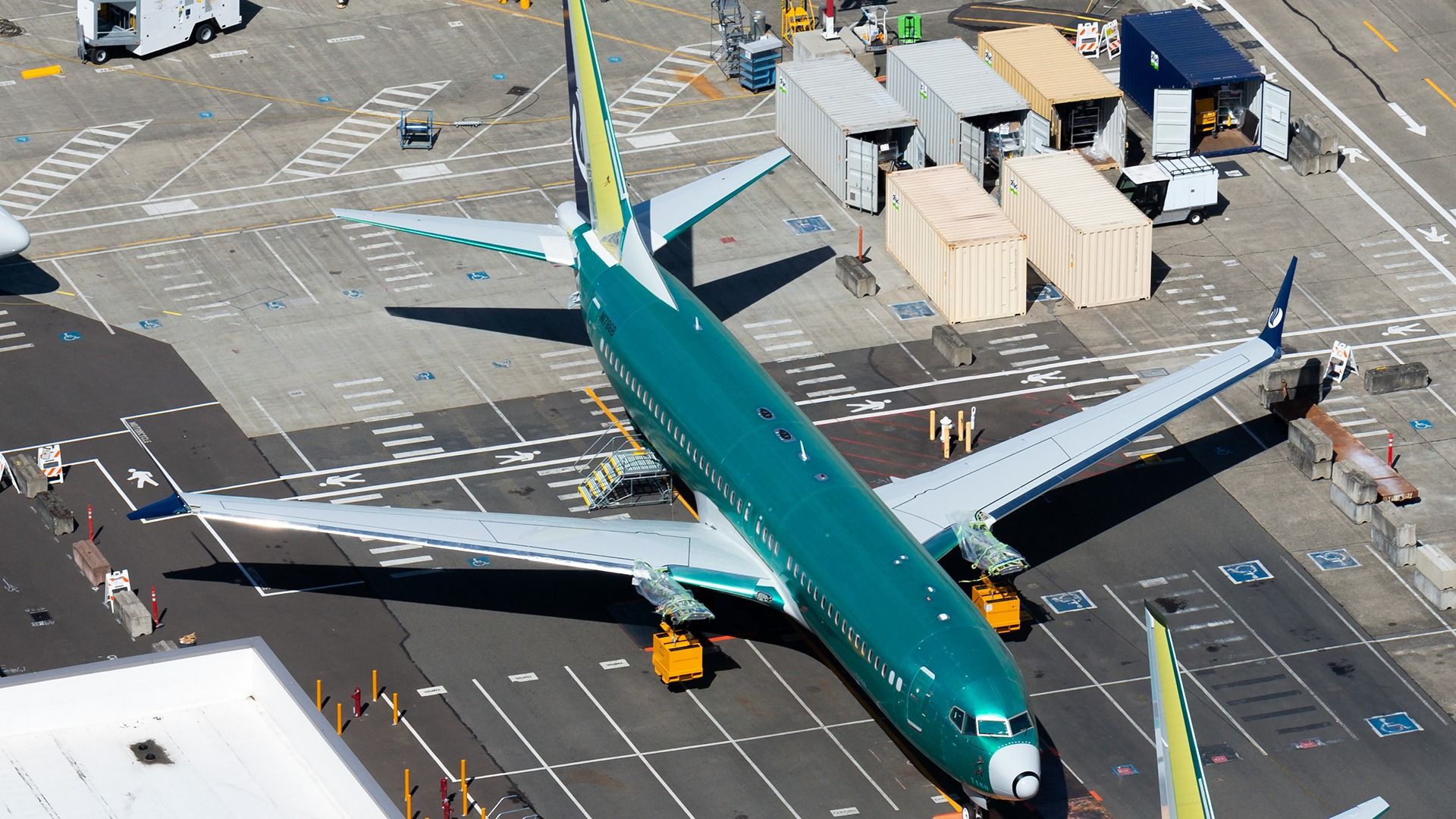Boeing and Airbus have indicated that the launch of new next-generation narrowbody aircraft is not imminent, as confirmed during an industry conference held in Prague. Both manufacturers are focusing on existing models rather than pursuing new projects, with Boeing’s marketing chief, Darren Hulst, stating that a successor to the Boeing 737 is “some way off.” This shift in focus comes as Boeing seeks to stabilize after accumulating approximately $50 billion in debt.
At the ISTAT Prague conference, Hulst emphasized that the company is prioritizing the certification of two additional variants of the Boeing 737 MAX, the Boeing 777X passenger aircraft, and the Boeing 777XF freighter. Analysts suggest that the certification for the 777X could be pushed back to 2027, with some industry experts believing this timeline may be optimistic.
Airbus also expressed a cautious outlook. The company’s Asset Management Director, François Collet, mentioned that any new model would need to demonstrate at least a 25% improvement in efficiency to justify development costs. This requirement highlights the challenges both manufacturers face in advancing their product lines with current technologies.
Implications for the Aviation Sector
The decision to delay the introduction of new clean-sheet narrowbodies is likely to impact the competitive landscape of the commercial aviation industry. Both Boeing and Airbus are expected to continue selling their existing models, such as the A320neo and 737 MAX, well into the 2030s. This strategy is likely to maintain backlog scarcity, supporting elevated pricing and leasing rates.
Airlines are increasingly focusing on incremental efficiency improvements by introducing minor derivative models rather than pursuing a complete overhaul with a new aircraft type. This approach could prolong the decarbonization timelines and contribute to higher overall fuel costs.
Lessors are poised to benefit as the residual values for in-service aircraft remain strong. Engine manufacturers are prioritizing reliability and maintenance economics, which enhances aftermarket revenue potential. The constraints on aircraft capacity growth due to supply chain issues and certification backlogs further support improved yields.
Looking Ahead
The current state of the commercial aircraft market suggests that significant changes are still several years away. The technology required for next-generation clean-sheet models remains at least a decade from realization. Manufacturers are presently reluctant to invest in high-risk development projects, focusing instead on managing their existing assets and liabilities effectively.
As demand for commercial aircraft dictates capital allocation, both Boeing and Airbus will eventually need to consider investing in new models. While the timeline for such developments remains uncertain, the aviation industry is poised for eventual advancements that could redefine air travel in the future.








































































